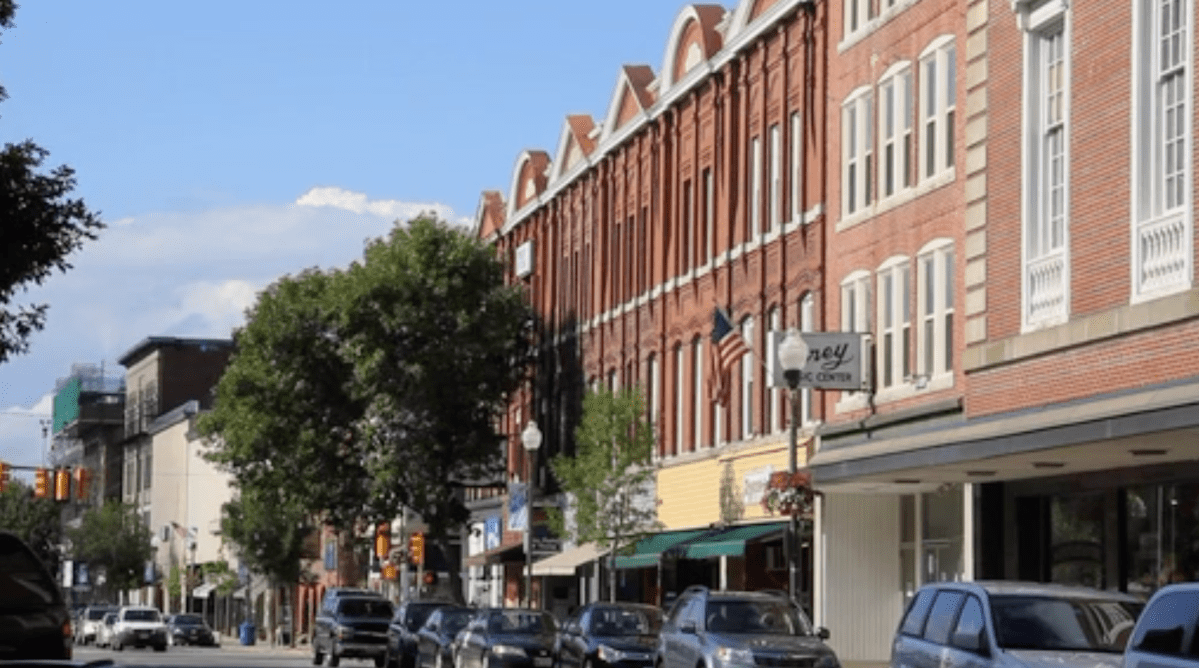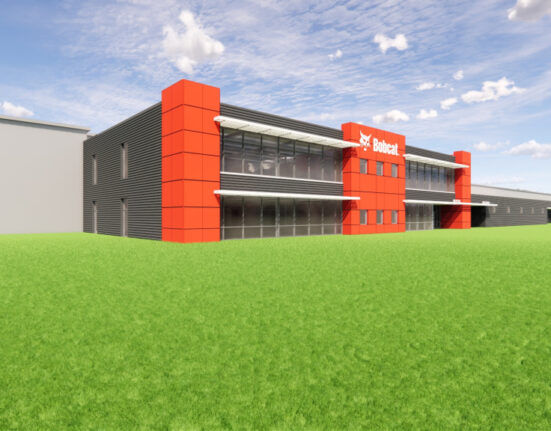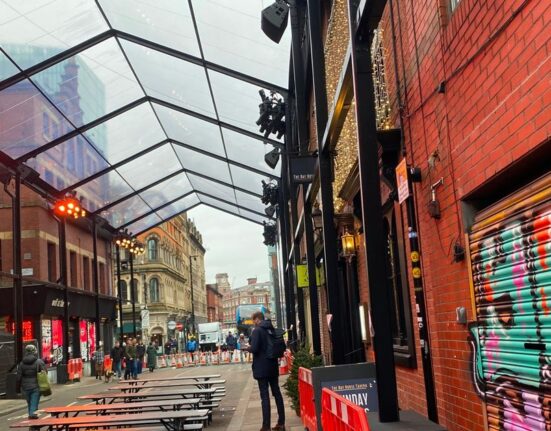About a dozen years ago, I did a documentary about better ideas for the economy, post-great financial crisis. It was called “Fixing the Future.” We opened the film with something broken in need of fixing: a derelict section of Main Street in my hometown, Waterville, Maine.
Now, in the name of community revitalization, this mill and college town is trying to establish itself as the arts capital of northern New England.
A worksite on a campus on a hill is packed with carpenters, landscapers, and data technicians working to finish the Gordon Center for Creative and Performing Arts complex. The building is the type of project one might expect in a top-10 city. But in Waterville, population 16,000?
Colby College, the private liberal arts college in Waterville, is spending $95 million on the project, which will include five performance spaces.
“Every one is technically arranged so that it can be used for theater, dance, music,” said David A. Greene, president of Colby. “And that’s really the beauty of it is time to think about not just art as a set of discrete disciplines, but how do they become integrated new create new forms of artistic expression?”
The soft opening is this week. Disclosure — my late mom directed student plays on this campus. There’s a good chance Ruth Brancaccio would have appreciated a 74,000 square foot temple of performing arts.
“We want to send a signal to everybody that this is not just for the campus,” said Greene. “This is in fact part of an ecosystem of the arts in the Waterville area, and that it’s open to use.”
There’s more. 500 yards away is Colby’s museum specializing in American Art. Come for the Alex Katz paintings and stay for James McNeill Whistler, with his themes of urban change.
Yet what about two miles away? Stretches of downtown Waterville were “deadsville” for decades.
In 2023, while it’s not the Champs-Élysées, there is an artsier Main Street. A summer pottery class for kids is next to three new screens of the Maine Film Center that’s connected to a grand opera house, a longtime Waterville asset.
Shannon Haines, president of a nonprofit called Waterville Creates, got philanthropic money for a big merger of independent arts groups.
“That’s what this project aimed to do is bring everything together in one spot in the heart of downtown,” she said. “And we’ve seen the results.”
These organizations are now united as the Paul J. Schupf Art Center, an $18 million Main Street complex that was made possible mostly by money from folks with ties to Colby or its big museum. The Schupf Center also contains an outpost of the Colby College Museum of Art with internationally known work.
And, over at a late, lamented hardware store and across from a new college-enabled hipster-y hotel, there’s a makers-space, artists, studios and artists.
Arisa White, a professor of creative writing at Colby, spent part of the summer in this space, honing her opera’s themes, which include postpartum depression and Indigenous wisdom amid climate change.
“It was this really beautiful way to kind of bring a bunch of thinkers and creatives across the state and the region to begin to imagine what this opera can be,” White said.
Close to $200 million has been spent downtown — about half from the college.
Jay Dick with the advocacy group Americans for the Arts said other cities have pulled off similar bets, like The Center for the Performing Arts in Carmel, Indiana. Dick’s data found when $5 billion went into the arts nationally, $27 billion came out.
“If that was a an IPO on wall street, I’d buy as much of that art stock as possible,” he said. “That’s a great return on investment.”
But some Waterville residents worry about priorities.
Elizabeth Leonard is a retired professor of history at Colby who works with the Poverty Action Coalition. As a “humanities person,” she said she’ll never argue against the uplifting power of art. But her sense is feed hungry people first.
She said that includes jobs, housing, access to food, dependable medical care, mental health support, community outreach, and more.
Another major funder with longtime ties to the city, the Harold Alfond Foundation, appreciates both sets of needs. It funds arts but also education and workforce development.
“Having deep and rich cultural art background in a town is an attraction to people, it’s where they want to live, it’s where they want to be,” said Alfond’s President Gregory Powell. “So we are hoping we will be able to promote economic activity by a strong arts culture and then through other measures taken by the Foundation and educational institutions to build the skills of the workforce.”
You can read more about efforts to revitalize Waterville’s Main Street here.
There’s a lot happening in the world. Through it all, Marketplace is here for you.
You rely on Marketplace to break down the world’s events and tell you how it affects you in a fact-based, approachable way. We rely on your financial support to keep making that possible.
Your donation today powers the independent journalism that you rely on. For just $5/month, you can help sustain Marketplace so we can keep reporting on the things that matter to you.







